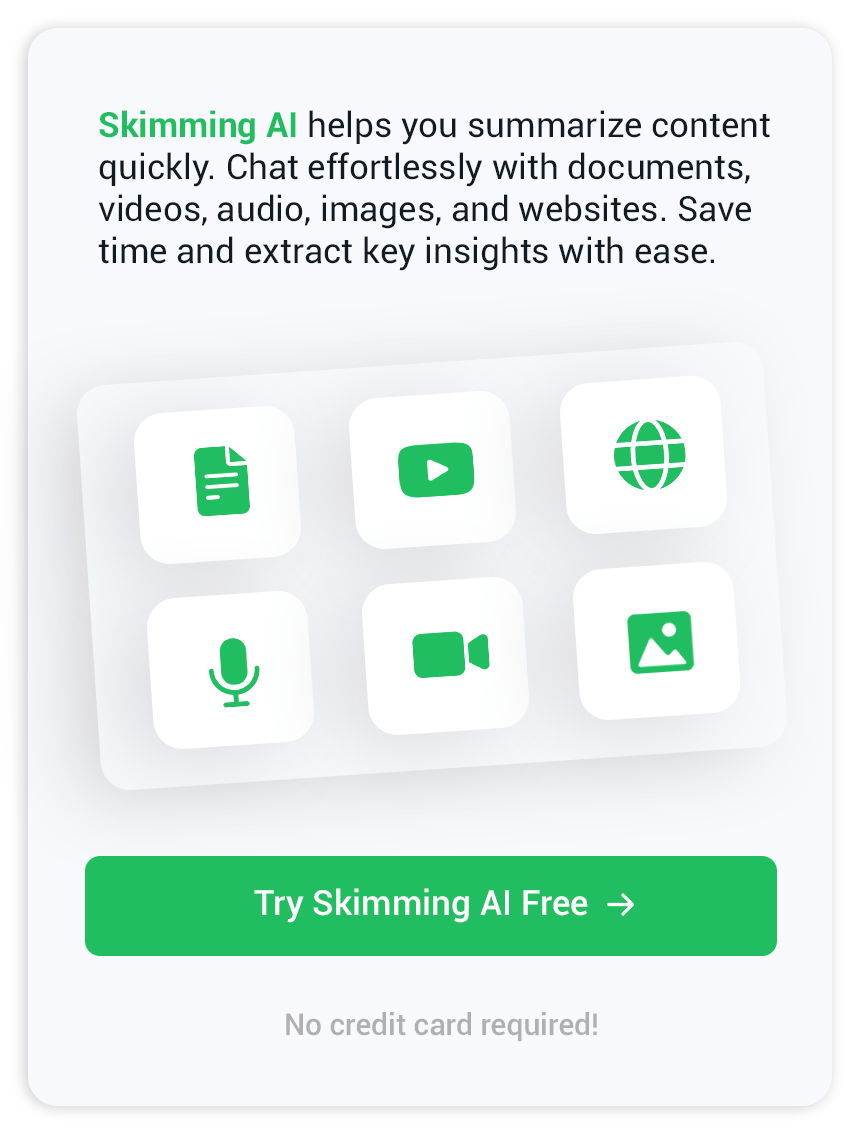Audio transcription made easy for fast turnaround and team workflows
Understanding the Shift in Audio Transcription
If you have ever tried jotting down spoken words from a recording or meeting, you already know how much effort audio transcription can demand. Transferring conversations, interviews or lectures into searchable text is not a new task, but today, the choices for how you do this feel very different from only a few years ago. Instead of typing every word by hand, there is the option to let software take care of it.
Where Automation Makes a Difference
Many people come to the question of automating audio transcription simply to save time. Automated tools that listen and convert speech into text can often finish in minutes what used to take hours. This is especially helpful if you have daily interviews or long recordings waiting in your folder. With plenty of platforms now offering speech-to-text services, uploading a file and getting the basic text back is often straightforward.
For example, if you need to quickly review a podcast or analyze meeting notes, you might find value in using dedicated audio summarizer tools. These tools allow users to focus on content rather than format, cutting through clutter and allowing a clearer route to what matters most in conversations.
The Trade offs of Speed and Quality
Still, it is not quite as simple as clicking a button and having a perfect result every time. Automated audio transcription can make mistakes, especially in recordings with lots of background noise, overlapping voices or specialized vocabulary. You might spot words that are misheard, punctuation that is missing or phrases that get jumbled. This could mean spending extra time on editing or cross checking with the original audio to clear things up.
If your recordings are full of industry jargon or have multiple speakers talking at once, you will likely notice more errors. This is where a human touch still helps—someone who understands context can fill the gaps left by machines. In professional settings such as legal or medical transcription, a mix of automated tools and human review can bring both speed and clarity.
Making Sense of Advancements
Automation in this space is getting smarter thanks to improvements in voice recognition and natural language processing. Platforms do not just handle English but are opening up to new languages and accents too. Some services even allow you to have a back-and-forth with your recording, letting you ask questions to dig deeper into content. For those times you wish to engage with video or spoken material in new ways, options such as chat with audio or chat with video open up new forms of search and interaction.
Still, even as these technologies expand access, there will always be situations where listening and interpreting by ear matters. When accuracy is critical, such as for public transcripts, subtitles or official records, many professionals take a hybrid approach by running automated transcripts through a final human review. This step ensures the text not only matches the words spoken but also captures tone and intent.

